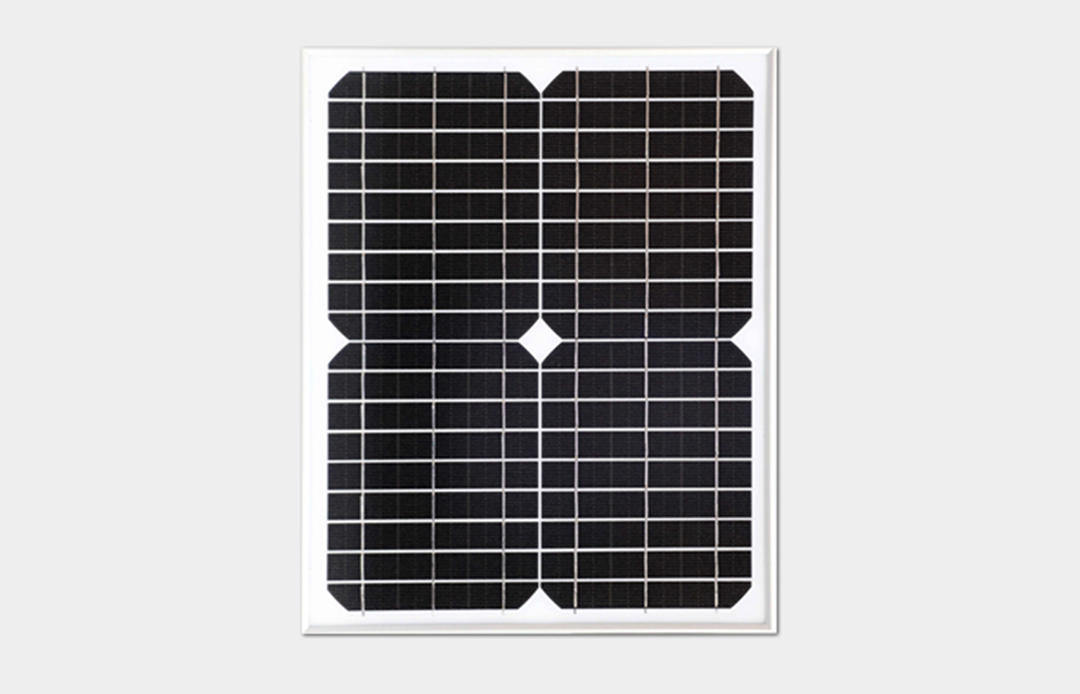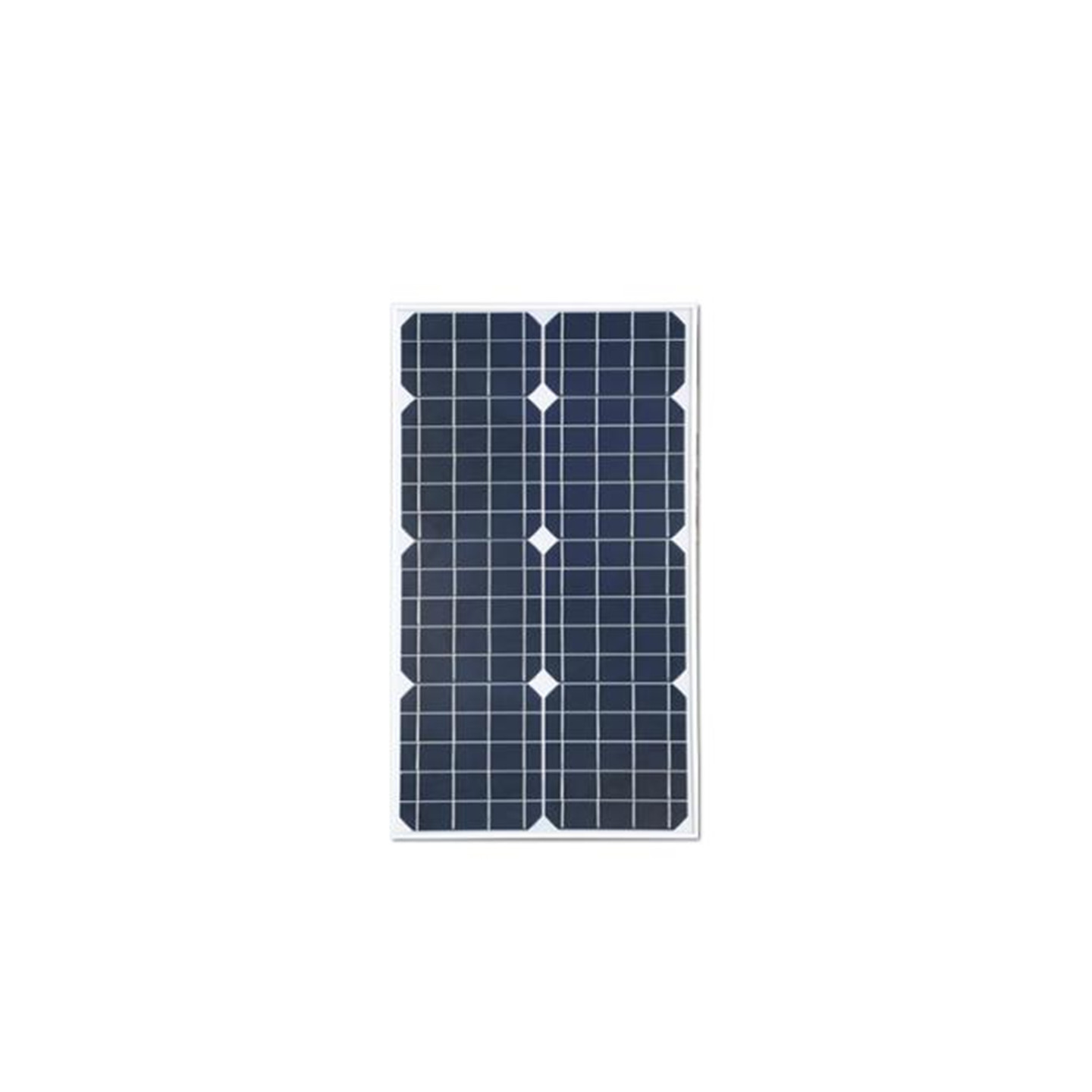Solar panels play a vital role in our renewable energy lives, they convert the sun's light energy into electricity we can use. In this process, glass - as an important component of solar power panels - plays a key role. So, what are the special requirements for the glass used to make solar panels?
Light transmittance and stability: First of all, the glass used to manufacture solar charging panels must have good light transmittance. This is because solar panels need to capture as much sunlight as possible to produce more electricity. If the light transmittance of the glass is not good, the efficiency of the solar panel will be greatly reduced. Usually, we use ultra-white glass or low-iron glass because they have high light transmittance and can ensure the effective use of sunlight.

At the same time, this glass also needs to have excellent stability. During the operation of solar panels, the glass will be exposed to sunlight for a long time, accompanied by an increase in temperature. This requires the glass to be able to withstand this continuous high temperature environment and prevent deformation or cracking due to temperature changes. In addition, in order to prevent performance degradation caused by ultraviolet rays, the glass needs to be UV resistant.
Dustproof and waterproof: Solar panels need to capture sunlight efficiently, so their surfaces must be kept clean. This requires the glass to be dust- and water-resistant to prevent dirt and moisture from affecting its performance. Some advanced solar panels also use anti-fingerprint and oil-resistant coatings to ensure long-term cleanliness and efficient performance.

Mechanical strength and durability: Since solar panels are often installed outdoors, they need to face various harsh environmental conditions, such as wind, rain, snow, hail, etc. In this case, the glass needs to have sufficient mechanical strength and durability to resist damage caused by these external factors. This is usually achieved through special surface treatments or structural enhancements.
Lightweight: In order to facilitate installation and transportation, the glass used in solar panels should also be as lightweight as possible. Lightweight glass not only reduces overall weight but also helps reduce transportation and installation costs.
Suppose we use a poor quality glass to make solar panels. First, due to its poor light transmittance, solar panels will not be able to capture enough sunlight, resulting in low power generation efficiency. This not only affects the economic benefits, but also greatly reduces the superiority of solar energy as a clean energy source.
Secondly, if the stability of this glass is poor, it may deform or break in high or low temperature environments. This not only results in a reduction in the efficiency of the solar panels, but may also cause safety issues. In addition, if the glass is not dustproof and waterproof, it will quickly accumulate dirt, further affecting its light transmission.
Furthermore, if the mechanical strength and durability of the glass are insufficient, it may not be able to withstand the effects of severe weather, such as hail or high winds, resulting in structural damage to the solar panels. This not only shortens the life of the solar panels, but also increases the cost of maintenance and replacement.
Finally, if the glass is too heavy, it will increase the weight of the entire solar panel, making installation and transportation more difficult and expensive.
Therefore, in order to ensure the performance and life of solar panels, we must have strict requirements for the glass used to manufacture solar panels. Only glass that meets these requirements can ensure the safety, efficiency and long life of solar panels. And this is what we need to pay special attention to when selecting and using solar panels.

Post time: Mar-06-2024

